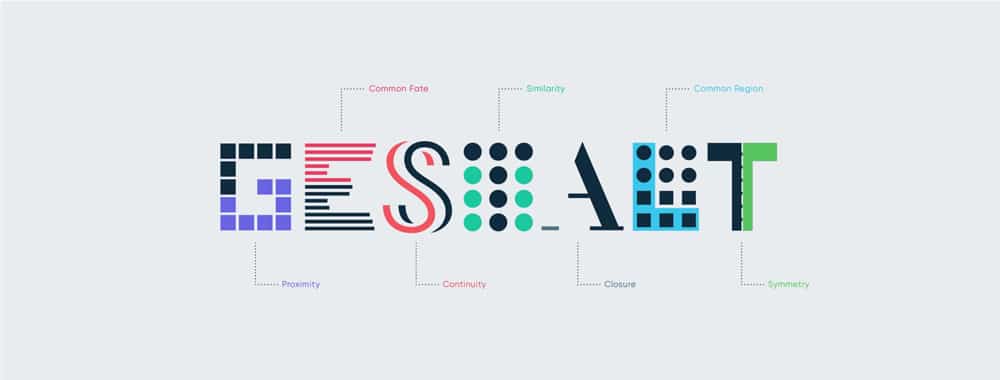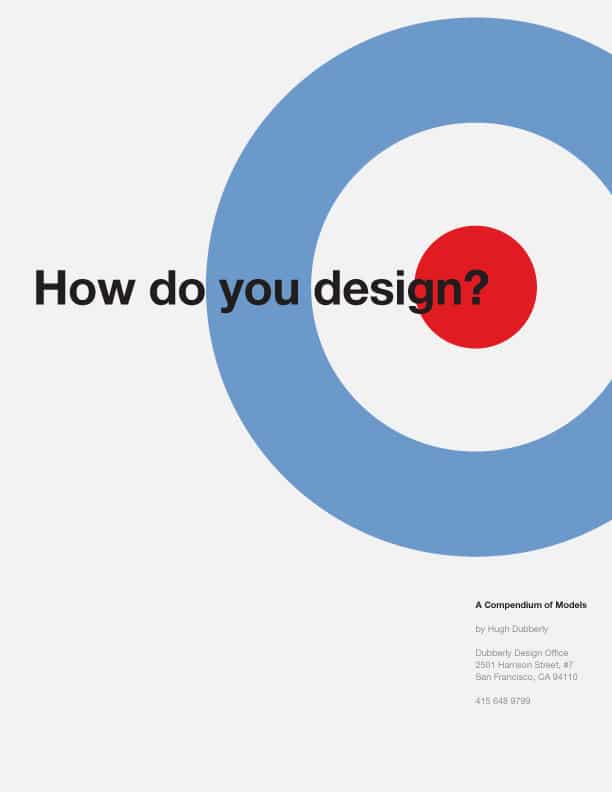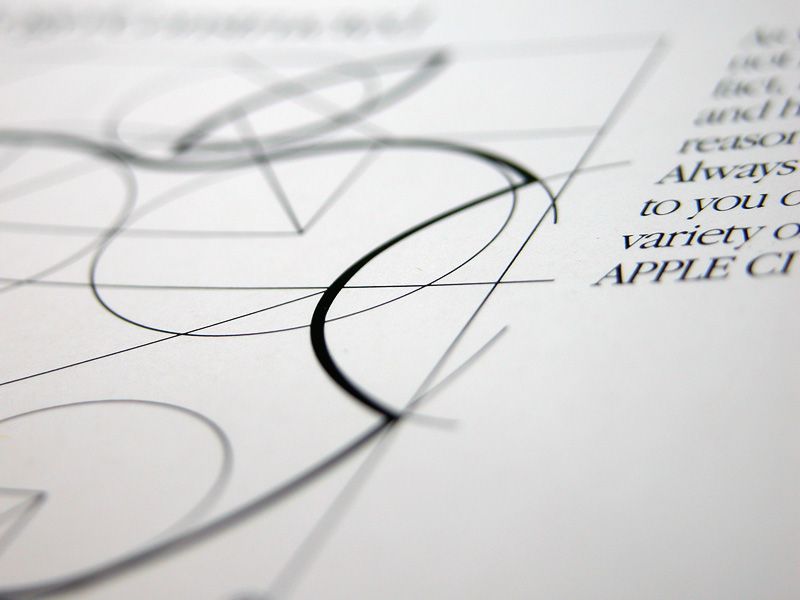What do designers need to know to stay informed and relevant in their practice today? As technology, social context, ways of learning and working continues to change, designers have to constantly be on top of the current trends and concepts in addition to developing their method, theory, and techniques. To be able to understand the current marketplace, they have to back in time to understand the history of art, design and its impact on economic, social and technological developments.
Designers who understand the big picture and can learn to do one thing well, often end up succeeding in their design careers. Studying how ideas and concepts get translated into form and understanding the origins and history of your design field will help you make sense of the market today. For graphic designers, visual representations carry a lot of meaning. To be able to explore this connection, the designer should be able to look at graphical representations of the past and the present to understand why things look the way they do now. From here, images and type get put together to create a form that can be used to convey a message to the targeted audience.
The landscape of design is changing. The US Bureau of statistics reports that there will only be 0-1% growth in the traditional graphic design arena. Although design around social media app and networked communications are expected to rise by 27%. As graphic designers begin to change shape, jobs and expectations are changing as well. Let us take a look at the shape-shifting field of design and how designers can keep themselves up to date.
1. Practice concepts – Layout Design, Composition, and Visual Representations
If you went to a design school, you probably already know the Gestalts principles for layout design. Understanding composition and applying layout principles such as rhythm, balance, movement, scale, color, value, shape, texture and space will help you hone your art – form. This is a foundational skill that every artist and a designer should develop if he or she intends to stay on top of her game. As graphic designers, your education doesn’t end when you receive your degree. To hone your craft, you have to keep your interest in continuous learning alive. There are a lot of amazing tutorials available online. Consider taking design courses at your local art institute or community college. Another great source for inspiration comes from books. Invest in subscriptions for graphic design magazines and art related zines. This will help you broaden your horizons and go more in depth in the fields you are interested in. Art and design evolve with time and only through the continuous practice of using these design elements along with typographic forms, can designers can push boundaries in the world of graphic design.
2. Design methodology
A design method is a way of doing things and all the repeatable steps involved in making. This can be further broken down into processes – research, ideation, prototyping, iteration, and presentation. This method can vary depending on the project, your client and your audience. The first step is some version of research. This stage is often difficult to define. It involves reading, learning, making and sharing the information you have gathered. In essence, it is nothing but making the learning visible. Research can often help you define a problem. When you are working with a client, this helps you question the underlying assumptions and help find a definition that you can both agree on. Ideation stage comes next. You can use different mediums to communicate an idea. Concepts can be presented in the form a sketch, or writing To carry an idea forward you would have to make the intangible tangible in some form. Prototyping helps you do this. It helps you test out an idea while iterations help you make it better. The job of a designer is to problem solve. Having a good design methodology in place will help you solve problems and come up with an idea in ways that you did not previously imagine. Developing a design methodology will help designers select and find relevant methods for specific design situations. If you are looking into refreshing your approach to problem-solving it, look into reading various articles on design methods and approaches written by your peers and professionals in the industry. Now more than ever, designers are willing to share their ideas, approach, and systems that work for them.
3. Theory
The theory is often considered the opposite of practice. This is not entirely true. In fact, it comes from practice, and can further help define the future of design practice. To explain their process and the reasons behind their design decisions. It helps us question our process, role, and responsibilities as designers in the industry. For example, it helps us question the tools we use and why we use them? Our ethical responsibilities in the field of design. This, in turn, will help designers tackle and question the universal truths in design. There are many ways to inform your design process- you could refer to reading material
4. Technique
Designers have to know how to successfully manipulate type, images, and graphics using relevant software tools. To execute a design work, designers have to be willing to constantly learn and relearn the tools that help shape a graphic. If you are competent in this field, it will take you less time to learn a new software. Techniques are not limited to virtual things. Honing your writing and speaking skills will help you communicate your ideas better. This goes hand in hand with other skills like listening and negotiating. Designers should invest their time in learning not just the design tools but also other communication and productivity software like Evernote, Google calendar QuickExcel and Slack.
In addition to the all of the above, some of the other ways to stay on trend and grow is to be active on social media, read design blogs, share and engage in design forums, watch podcasts, talk to your clients, and observing trends in the industry. This shared learning will help you understand your process and help you develop your own unique voice.
As technology continues to evolve, designers should be skilled and knowledgeable enough to design around these shifting circumstances. Technology is not going to be viewed the same way it is today. It is not going to be just a tool for the designer in the future. Designers will have to get accustomed to that fact they will be designing for a data-rich landscape that is responding to everything you do. It is important to have the skillset in areas besides design. Designers would also have to have the necessary skills to make connections between, people, things and navigate their way to through complex systems where every group has their own agenda.
The post The Future of Design & How Graphic Designers Can Stay Relevant appeared first on Web Design Blog | Magazine for Designers.
via https://ift.tt/2QRMq4a





No comments:
Post a Comment